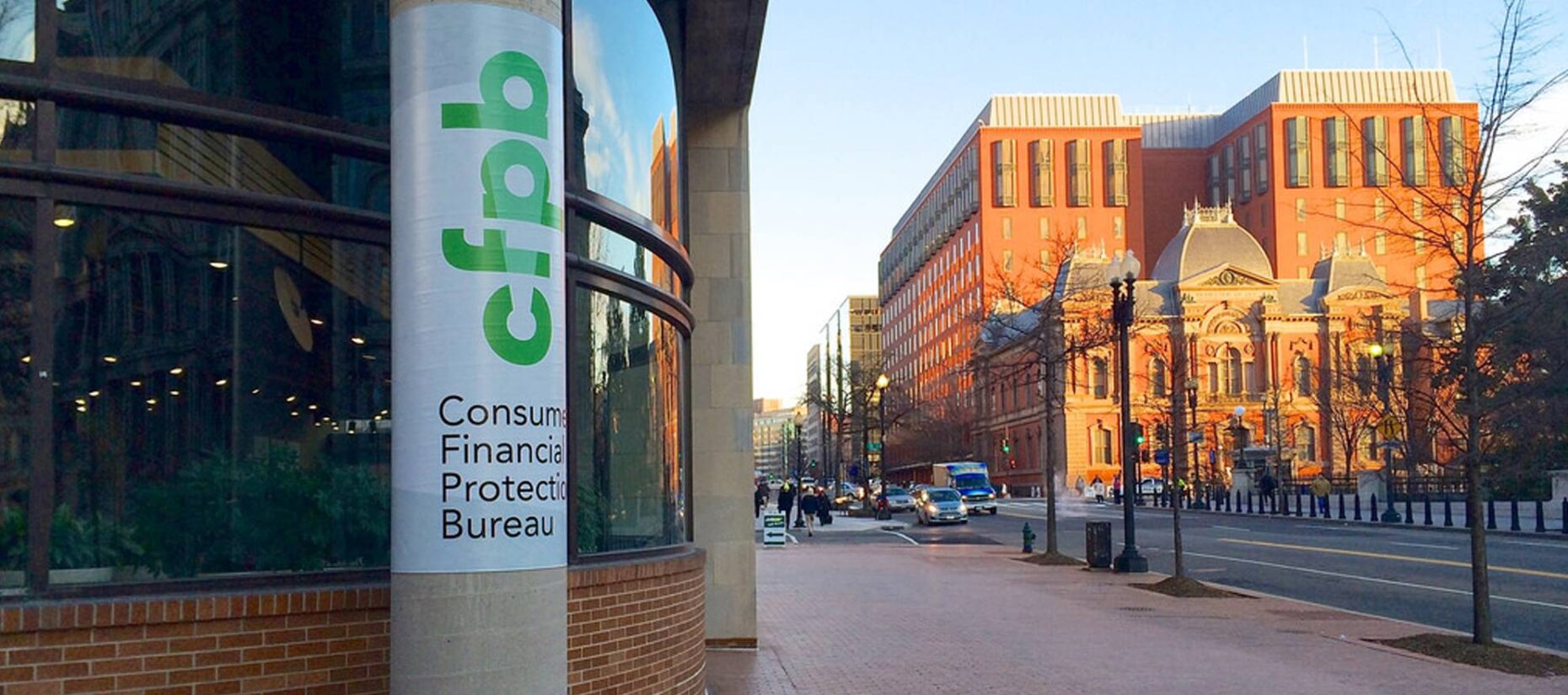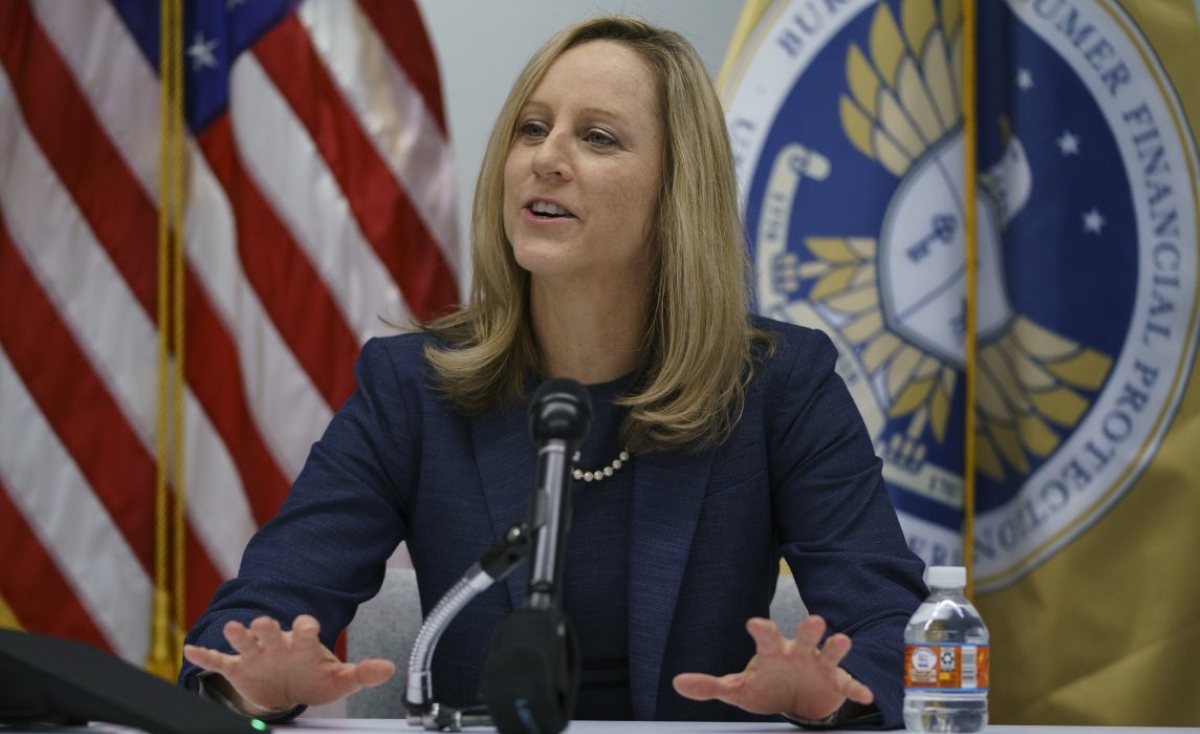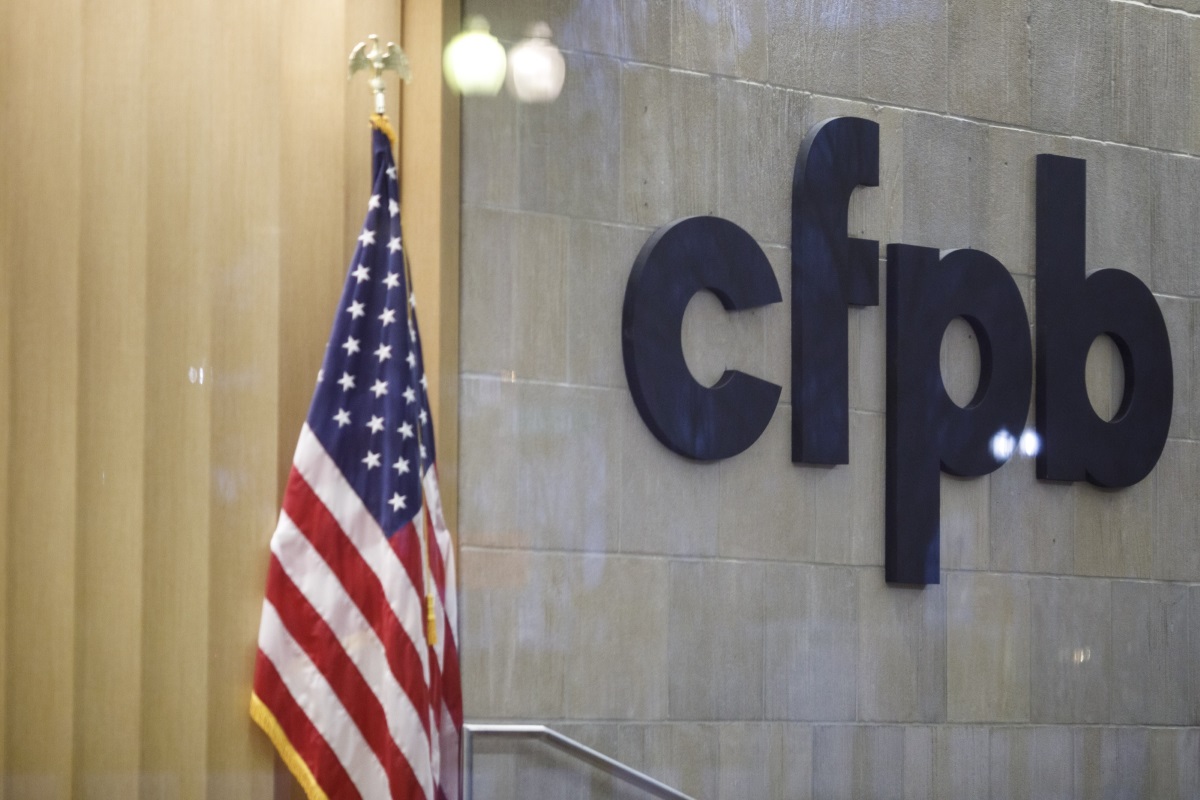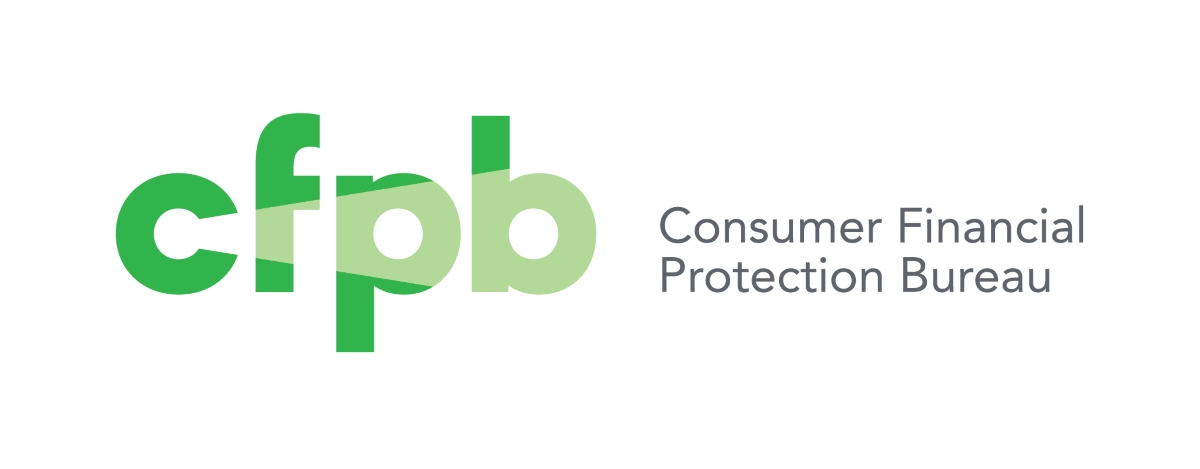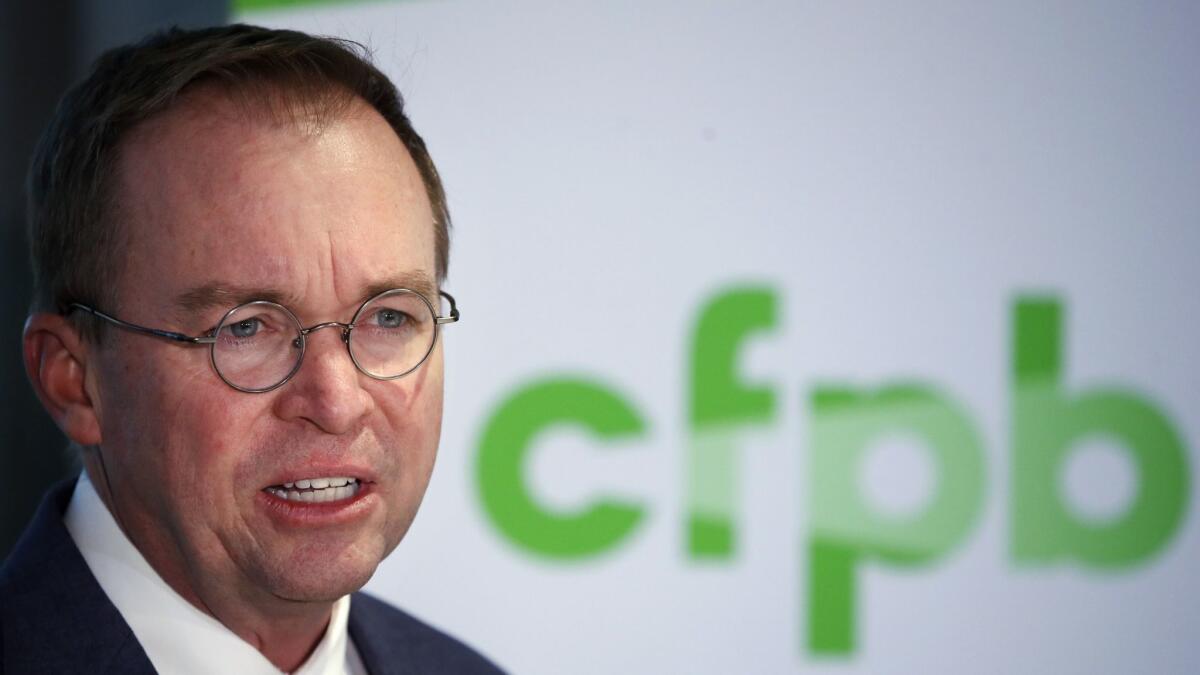Home>Finance>What Federal Act Gave Rise To The Consumer Financial Protection Bureau?
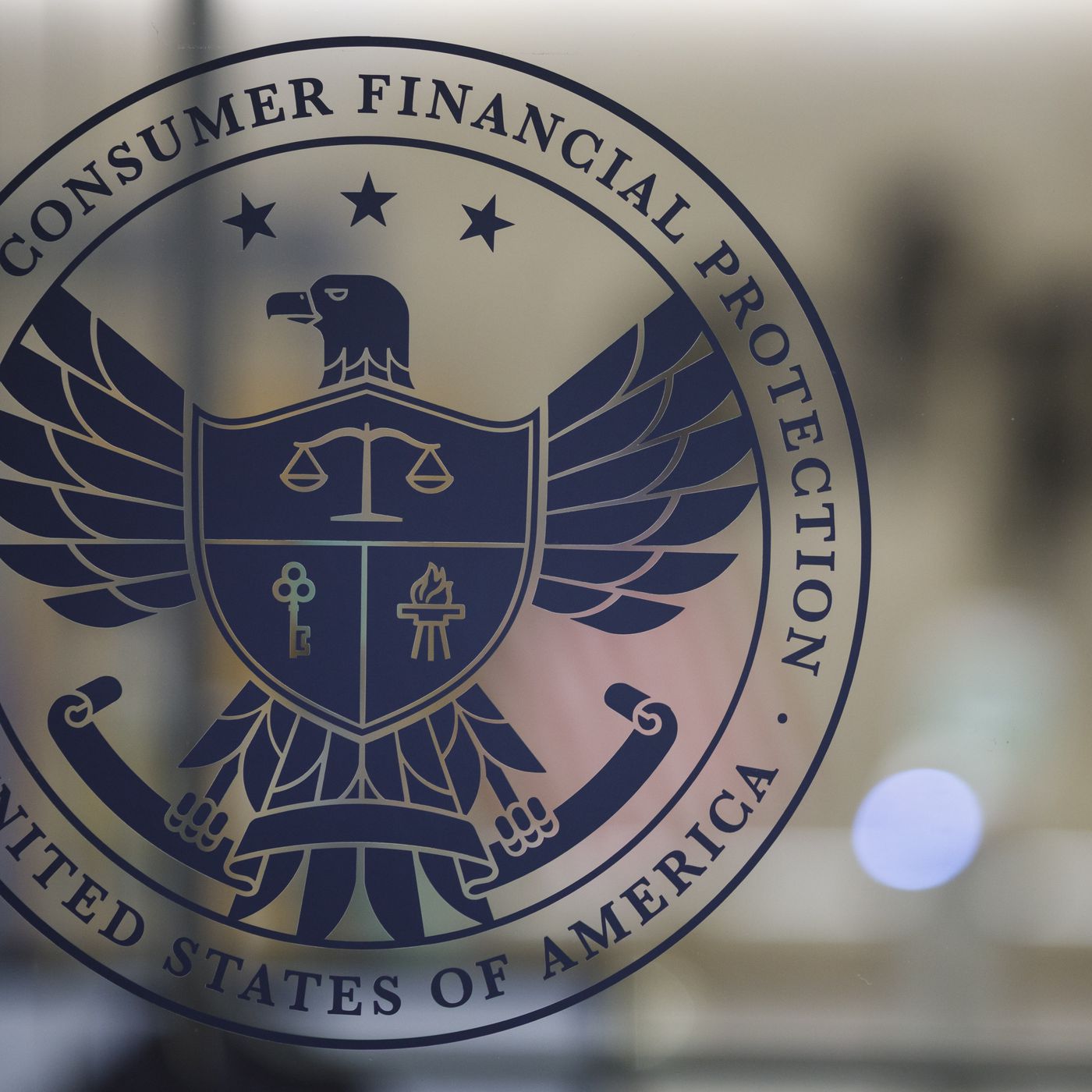

Finance
What Federal Act Gave Rise To The Consumer Financial Protection Bureau?
Modified: March 1, 2024
Discover the federal act that paved the way for the inception of the Consumer Financial Protection Bureau. Delve into the realm of finance and its regulatory framework.
(Many of the links in this article redirect to a specific reviewed product. Your purchase of these products through affiliate links helps to generate commission for LiveWell, at no extra cost. Learn more)
Table of Contents
- Introduction
- The Need for Consumer Financial Protection
- The Creation of the Consumer Financial Protection Bureau (CFPB)
- The Federal Act that Established the CFPB
- Key Provisions of the Federal Act
- The Powers and Responsibilities of the CFPB
- Controversies and Criticisms
- Impact of the CFPB on Consumer Financial Protection
- Conclusion
Introduction
The Consumer Financial Protection Bureau (CFPB) is an agency of the United States government that is tasked with protecting consumers in the financial marketplace. Established in the aftermath of the 2008 financial crisis, the CFPB was created with the aim of ensuring fair and transparent practices in the financial industry.
Prior to the creation of the CFPB, consumers faced numerous challenges when dealing with financial institutions. Misleading advertising, unfair lending practices, and hidden fees were just some of the issues that plagued the industry. In response, the federal government recognized the need for a dedicated agency that would focus on safeguarding the rights and interests of consumers in their financial transactions.
The CFPB was founded on the principle that consumers deserve a level playing field when it comes to financial matters. Its mission is to promote fairness, transparency, and accountability in the financial marketplace, and to provide consumers with the information and tools they need to make informed decisions.
Since its inception, the CFPB has played a crucial role in protecting consumers from abusive financial practices. It has worked to curtail predatory lending, combat discriminatory practices, and ensure that consumers have access to fair and affordable financial products and services.
While the CFPB primarily focuses on issues related to consumer finance, its impact extends beyond individual consumers. By promoting fair practices in the financial industry, the CFPB helps to safeguard the stability of the overall economy. By holding financial institutions accountable, the CFPB seeks to prevent the types of abuses and risky behaviors that can lead to financial crises.
In this article, we will explore the origins of the Consumer Financial Protection Bureau and the federal act that gave rise to its creation. We will examine the key provisions of this act, as well as the powers and responsibilities bestowed upon the CFPB. Furthermore, we will delve into the controversies and criticisms surrounding the agency, and assess its overall impact on consumer financial protection.
The Need for Consumer Financial Protection
The need for consumer financial protection became evident in the years leading up to the 2008 financial crisis. During this time, consumers were increasingly exposed to deceptive practices and predatory lending in the financial marketplace.
Financial institutions were taking advantage of unsuspecting consumers, offering complex mortgage products with hidden fees and unfair terms. This resulted in many borrowers entering into loans they did not fully understand and ultimately could not afford. As a result, when the housing market collapsed, millions of homeowners faced foreclosure, and the financial system teetered on the brink of collapse.
Additionally, consumers were bombarded with misleading advertisements, promising low interest rates and easy access to credit. Many found themselves trapped in high-interest credit card debt or saddled with excessive fees for banking services.
These practices created a sense of vulnerability among consumers, who felt powerless to navigate the complex and often confusing financial landscape. There was a clear need for an agency that could protect consumers from these predatory practices and ensure a fair and transparent financial marketplace.
Moreover, the lack of regulation and oversight in the financial industry allowed for discriminatory lending practices, targeting vulnerable populations such as minorities and low-income individuals. These practices perpetuated wealth and income inequalities, exacerbating the socioeconomic divide.
Recognizing the urgent need to address these issues and protect consumers from financial harm, Congress took action to establish the Consumer Financial Protection Bureau.
The creation of a dedicated agency focused on consumer financial protection aimed to address these vulnerabilities and restore trust in the financial system. The CFPB was envisioned as an independent agency, with the authority to regulate and supervise financial institutions, enforce consumer protection laws, and educate consumers about their rights and options.
By providing oversight and regulation, the CFPB aimed to level the playing field for consumers, ensuring that financial institutions operate with fairness, transparency, and accountability. Its establishment was a crucial step in restoring confidence in the financial industry and preventing similar crises in the future.
The Creation of the Consumer Financial Protection Bureau (CFPB)
The Consumer Financial Protection Bureau (CFPB) was created as part of the Dodd-Frank Wall Street Reform and Consumer Protection Act. This landmark legislation was signed into law by President Barack Obama in July 2010, in response to the financial crisis that had devastated the economy just two years earlier.
The Dodd-Frank Act aimed to address the systemic risks and abusive practices that had contributed to the collapse of financial institutions and the subsequent economic downturn. One of the key components of this legislation was the establishment of the CFPB, which was designed to be an independent agency within the federal government.
Prior to the creation of the CFPB, there was a fragmented regulatory landscape in the United States, with multiple agencies overseeing different aspects of the financial industry. This led to gaps in oversight and ineffective enforcement of consumer protection laws.
The CFPB was conceived as a response to these shortcomings, with the goal of consolidating and centralizing regulatory authority to better protect consumers. The agency was specifically tasked with regulating and supervising financial institutions, enforcing consumer protection laws, and educating consumers about their rights and responsibilities.
To ensure its independence, the CFPB was given a unique governance structure. It operates as an independent bureau within the Federal Reserve System and is headed by a Director, who is appointed by the President of the United States and confirmed by the Senate.
Furthermore, the CFPB has its own dedicated funding stream, which is not subject to the traditional appropriations process. This allows the agency to carry out its mission without being influenced by political pressures or the agendas of other agencies.
With the establishment of the CFPB, a new era of consumer financial protection began in the United States. The agency was empowered with significant authority and resources to monitor, investigate, and take action against financial institutions that engage in unfair, deceptive, or abusive practices.
Moreover, the CFPB was given broad rulemaking authority, allowing it to issue regulations to address emerging consumer protection challenges in the financial marketplace. These regulations cover a wide range of financial products and services, including mortgages, credit cards, student loans, and payday loans.
Overall, the creation of the CFPB represented a significant step towards strengthening consumer protection in the financial industry. It aimed to level the playing field for consumers, empower them to make informed financial decisions, and hold financial institutions accountable for their actions.
The Federal Act that Established the CFPB
The Consumer Financial Protection Bureau (CFPB) was established through the enactment of the Dodd-Frank Wall Street Reform and Consumer Protection Act. This federal act, also known as the Dodd-Frank Act, was signed into law by President Barack Obama in July 2010.
The Dodd-Frank Act was a comprehensive piece of legislation aimed at addressing the root causes of the 2008 financial crisis and strengthening the regulatory framework of the financial industry. It sought to improve accountability and transparency, protect consumers from abusive practices, and promote financial stability.
One of the key provisions of the Dodd-Frank Act was the creation of the CFPB. The purpose of this agency was to ensure that consumers have access to fair and transparent financial products and services, as well as to protect them from unscrupulous practices in the financial marketplace.
The act established the CFPB as an independent agency with broad authority to regulate and supervise financial institutions, enforce consumer protection laws, and educate consumers about their rights and responsibilities. It granted the CFPB the power to issue rules and regulations, conduct investigations, and enforce compliance with consumer protection laws.
Under the Dodd-Frank Act, the CFPB was given jurisdiction over a wide range of financial products and services, including mortgages, credit cards, student loans, payday loans, and debt collection. This allowed the agency to address various consumer protection issues and prevent financial abuses in these areas.
In addition, the act provided the CFPB with the authority to take action against unfair, deceptive, or abusive practices in the financial industry. The agency could bring enforcement actions, impose fines and penalties, and seek restitution for harmed consumers.
Furthermore, the Dodd-Frank Act outlined the governance structure of the CFPB. It established the position of Director, who would lead the agency and be appointed by the President of the United States. The Director would have significant autonomy and decision-making power, but would also be subject to congressional oversight.
Importantly, the Dodd-Frank Act also created the Office of Fair Lending within the CFPB, with a specific focus on combating discriminatory practices in consumer finance. This office was responsible for ensuring that all consumers, regardless of their race, ethnicity, or background, were treated fairly and had equal access to credit and financial services.
Overall, the federal act that established the CFPB, the Dodd-Frank Act, was a landmark piece of legislation that aimed to strengthen consumer financial protection and promote a more transparent and accountable financial marketplace. It provided the CFPB with the authority and tools to safeguard consumers’ interests and prevent the types of abuses that had contributed to the 2008 financial crisis.
Key Provisions of the Federal Act
The federal act that established the Consumer Financial Protection Bureau (CFPB), the Dodd-Frank Wall Street Reform and Consumer Protection Act, included several key provisions aimed at strengthening consumer financial protection and promoting a more transparent and accountable financial marketplace.
1. Consolidation of Regulatory Authority: The Dodd-Frank Act consolidated regulatory authority over consumer financial protection by transferring powers from various existing agencies to the newly established CFPB. This consolidation aimed to streamline oversight and provide a more cohesive approach to protecting consumers.
2. Rulemaking and Enforcement: The act granted the CFPB significant rulemaking and enforcement powers. The CFPB has the authority to issue regulations to address unfair, deceptive, or abusive practices in the financial industry. It can also enforce compliance with consumer protection laws and take action against financial institutions that engage in such practices.
3. Supervision of Financial Institutions: The CFPB is responsible for supervising certain financial institutions to ensure compliance with federal consumer protection laws. This includes banks, credit unions, and other non-bank entities that offer financial products and services to consumers.
4. Consumer Complaint Database: The Dodd-Frank Act mandated the creation of a consumer complaint database, which allows consumers to submit complaints about financial products and services. This database serves as a valuable resource for identifying trends and patterns of consumer harm and helps the CFPB prioritize its enforcement efforts.
5. Oversight of Credit Reporting Agencies: The act provided the CFPB with oversight authority over credit reporting agencies, such as Equifax, Experian, and TransUnion. This authority enables the CFPB to monitor these agencies’ compliance with consumer protection laws and take action against any unfair or deceptive practices.
6. Focus on Fair Lending: The Dodd-Frank Act established the Office of Fair Lending within the CFPB, with a specific focus on combating discriminatory practices in consumer finance. This office is responsible for ensuring that all consumers are treated fairly and have equal access to credit and financial services, regardless of their race, ethnicity, or background.
7. Financial Education and Consumer Awareness: The act emphasizes the importance of financial education and consumer awareness. It requires the CFPB to provide resources and information to help consumers make informed financial decisions and protect themselves from scams and fraud.
8. Autonomy and Accountability: The CFPB operates as an independent agency, allowing it to carry out its responsibilities without undue political interference. However, it is not without oversight. The CFPB is subject to congressional oversight and must report its activities and objectives to Congress on a regular basis.
These key provisions of the federal act that established the CFPB set the stage for a robust and comprehensive approach to consumer financial protection. By consolidating regulatory authority, focusing on fair lending, and empowering consumers with information and resources, the CFPB is able to promote fairness, transparency, and accountability in the financial marketplace.
The Powers and Responsibilities of the CFPB
The Consumer Financial Protection Bureau (CFPB) was granted significant powers and responsibilities under the federal act that established it, the Dodd-Frank Wall Street Reform and Consumer Protection Act. These powers and responsibilities are aimed at protecting consumers in the financial marketplace and promoting fair and transparent practices in the industry.
1. Rulemaking Authority: The CFPB has the power to issue rules and regulations governing consumer financial products and services. This includes mortgages, credit cards, student loans, payday loans, and other financial products that impact consumers. These rules are designed to protect consumers from unfair and abusive practices and to ensure transparency in financial transactions.
2. Enforcement: The CFPB has the authority to enforce compliance with federal consumer protection laws. It can investigate and take legal action against financial institutions that engage in unfair, deceptive, or abusive practices. The CFPB can impose penalties, seek restitution for harmed consumers, and require companies to change their business practices to better protect consumers.
3. Supervision: The CFPB has supervisory authority over certain financial institutions, including banks, credit unions, and non-bank entities that offer financial products and services. This supervisory role allows the CFPB to monitor these institutions and ensure their compliance with federal consumer protection laws.
4. Consumer Complaint Handling: The CFPB operates a consumer complaint database where individuals can submit complaints about financial products and services. The CFPB is responsible for handling these complaints and working towards resolving them. This enables the CFPB to identify emerging issues and trends in the financial industry that may be harming consumers.
5. Financial Education and Outreach: The CFPB is tasked with providing consumers with information and resources to make informed financial decisions. This includes developing educational materials, hosting workshops and events, and providing online tools and resources. The CFPB also conducts outreach efforts to vulnerable and underserved populations to ensure they have access to financial education.
6. Supervision of Credit Reporting Agencies: The CFPB has oversight authority over credit reporting agencies, such as Equifax, Experian, and TransUnion. This authority allows the CFPB to monitor their compliance with federal consumer protection laws and take action if necessary to address any unfair or deceptive practices.
7. Fair Lending Enforcement: The CFPB has a dedicated Office of Fair Lending, which is responsible for enforcing fair lending laws and preventing discrimination in consumer finance. This includes monitoring lenders for discriminatory practices and taking legal action against those who violate fair lending laws.
8. Research and Market Monitoring: The CFPB conducts research and market monitoring to identify emerging risks to consumers and to assess the effectiveness of consumer finance policies and regulations. This research helps inform the CFPB’s policymaking and enforcement efforts.
Overall, the powers and responsibilities of the CFPB are extensive and multifaceted. By exercising its rulemaking authority, enforcing compliance with consumer protection laws, and providing financial education and outreach, the CFPB works to fulfill its mission of protecting consumers and promoting fairness and transparency in the financial marketplace.
Controversies and Criticisms
The Consumer Financial Protection Bureau (CFPB) has been a subject of both controversies and criticisms since its establishment. While the agency has been praised for its efforts in protecting consumers and promoting fair practices in the financial industry, it has also faced opposition and scrutiny from various stakeholders.
One main controversy surrounding the CFPB is its structure and accountability. Critics argue that the agency’s governance, which grants substantial power to the director and operates outside the traditional appropriations process, lacks sufficient checks and balances. Concerns have been raised about the potential for the CFPB to wield too much power without adequate oversight by Congress or other regulatory bodies.
Another point of contention is the CFPB’s impact on the financial industry. Some argue that the agency’s regulations and enforcement actions have hindered the ability of financial institutions to operate efficiently and serve consumers effectively. Critics claim that the burdensome compliance requirements and the threat of litigation from the CFPB have led to reduced access to credit, particularly for consumers with less than perfect credit histories.
In addition, the CFPB has faced criticism for its approach to rulemaking. Some argue that the agency’s regulations are overly broad and burdensome, creating regulatory uncertainty and stifling innovation in the financial marketplace. Critics suggest that a more balanced and collaborative approach to rulemaking, involving input from industry stakeholders, would result in more effective and fair regulations.
The CFPB has also faced accusations of mission creep, with some arguing that the agency has extended its reach beyond its intended scope. Critics claim that the CFPB has engaged in regulatory overreach by targeting industries and practices that fall outside its jurisdiction. This has led to concerns about the potential for the agency to impede economic growth and limit consumer choice.
Furthermore, there has been debate over the CFPB’s use of consumer complaints data. While the CFPB’s consumer complaint database is intended to improve transparency and protect consumers, critics argue that the data may be flawed and can be misused. There are concerns that the database may unfairly tarnish the reputations of financial institutions without proper investigation or verification of the complaints.
Lastly, the CFPB has faced political scrutiny and challenges to its existence. Some lawmakers have questioned the agency’s necessity, raising concerns about its cost and effectiveness. Efforts have been made to diminish the agency’s authority, undermine its leadership, or even eliminate it altogether through legislative or legal means.
Despite these controversies and criticisms, the CFPB continues to fulfill its mission of protecting consumers and promoting fair practices in the financial marketplace. The agency has made efforts to address the concerns raised by its critics, including initiatives to improve transparency and enhance collaboration with industry stakeholders. As the CFPB moves forward, it will likely continue to face scrutiny and debate, but its commitment to consumer financial protection remains at the forefront of its mandate.
Impact of the CFPB on Consumer Financial Protection
The Consumer Financial Protection Bureau (CFPB) has had a significant impact on consumer financial protection since its establishment. The agency has worked diligently to ensure that consumers are treated fairly and have access to transparent and responsible financial products and services. Here are some notable impacts of the CFPB:
1. Enhanced Financial Education: The CFPB has prioritized financial education initiatives, providing resources and tools to help consumers make informed financial decisions. Through its website, publications, and outreach programs, the CFPB has empowered consumers with the knowledge they need to navigate the complexities of the financial marketplace.
2. Increased Focus on Fair Lending: The CFPB has placed a strong emphasis on fair lending practices, working to prevent discrimination in consumer finance. The agency has taken enforcement actions against lenders engaged in discriminatory practices, promoting equal access to credit for all consumers regardless of their race, ethnicity, or background.
3. Improved Consumer Complaint Handling: The establishment of the CFPB’s consumer complaint database has provided consumers with a platform to voice their concerns and seek resolution. By collecting and analyzing complaint data, the CFPB has been able to identify patterns of misconduct, take action against offending institutions, and advocate for consumer-friendly policy changes.
4. Stronger Regulation of Financial Products: The CFPB has implemented regulations to address abusive and deceptive practices in various financial sectors, including mortgages, credit cards, student loans, and payday loans. These regulations have provided consumers with greater protection, ensuring they are not subject to unfair terms, hidden fees, or predatory lending practices.
5. Increased Enforcement Actions: The CFPB’s enforcement actions have held financial institutions accountable for violating consumer protection laws. Through fines, penalties, and restitution, the CFPB has sought to compensate harmed consumers and deter future misconduct by sending a strong message to the industry.
6. Promotion of Financial Stability: By preventing abusive practices and promoting responsible lending, the CFPB has played a role in safeguarding the stability of the financial system. By addressing problematic practices, such as predatory lending or unfair mortgage practices, the CFPB has helped prevent another financial crisis.
7. Providing Clear and Transparent Disclosures: The CFPB has implemented regulations to ensure that consumers receive clear and understandable disclosures about the terms and costs of financial products. This has made it easier for consumers to compare offers and make informed decisions, reducing the likelihood of falling victim to misleading or deceptive practices.
Despite criticisms and ongoing debates surrounding the CFPB, its impact on consumer financial protection cannot be overlooked. The agency has made significant strides in improving the fairness and transparency of the financial marketplace. It continues to play a crucial role in advocating for consumer rights, holding financial institutions accountable, and empowering individuals to make informed financial choices.
Conclusion
The Consumer Financial Protection Bureau (CFPB) has become a central force in ensuring consumer financial protection and promoting fairness in the financial marketplace. Established through the Dodd-Frank Wall Street Reform and Consumer Protection Act, the CFPB has made significant contributions to safeguarding the rights and interests of consumers.
The CFPB’s powers and responsibilities, including rulemaking, enforcement, and supervision, have allowed it to tackle a wide range of consumer financial issues. Its focus on fair lending, financial education, and consumer complaint handling has helped level the playing field for consumers and hold financial institutions accountable for their actions.
The impact of the CFPB on consumer financial protection has been evident in various ways. Increased financial education initiatives have empowered consumers to make informed decisions, while the enhanced focus on fair lending has combated discrimination in consumer finance. The CFPB’s regulation and enforcement have curbed abusive and deceptive practices, providing consumers with greater protection. The agency’s enforcement actions have also served as a deterrent against future misconduct.
Moreover, the CFPB’s existence has driven financial institutions to prioritize responsible practices, leading to improved disclosures, reduced predatory lending, and increased transparency in the financial marketplace. By promoting accountability, the CFPB has contributed to the stability of the overall economy.
However, the CFPB has not been without controversies and criticisms. Concerns regarding its structure, accountability, and potential regulatory overreach have emerged. Nonetheless, the agency continues to work toward striking a balance between protecting consumers and ensuring an efficient and innovative financial industry.
In conclusion, the establishment of the CFPB has been a significant development in the realm of consumer financial protection. Through its broad powers, the agency has made substantial progress in promoting fairness, transparency, and accountability in the financial marketplace. Whether through regulations, enforcement actions, financial education, or consumer complaint handling, the CFPB has made a positive impact on the lives of consumers. As the CFPB continues to evolve, it will play a pivotal role in shaping the future of consumer financial protection and ensuring a more inclusive and equitable financial system.

